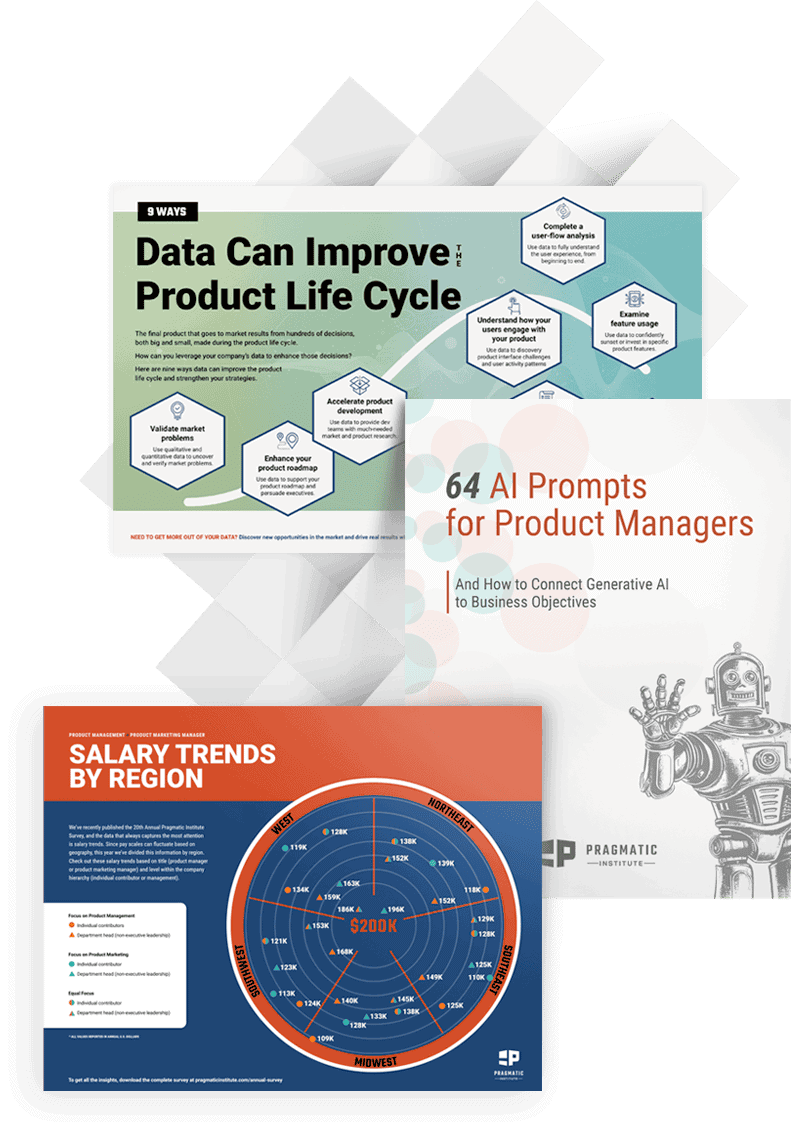In a recent Pragmatic Institute Price class, one student “corrected” me to say it wasn’t willingness to pay that matters in pricing, rather it was ability to pay. It was challenging to change his mind, mostly because he was in the middle of an emotional pricing situation with his son and a local college.
The college was digging deep into details of his income and his assets. They clearly wanted to know how much he was “able” to pay. This situation was so top of mind to my student and an obvious learning experience—only he learned the wrong lesson.
Colleges like this execute an extremely effective means of price segmentation. They set a very high list price, but then offer discounts in the form of financial aid to students from families who are not wealthy.
Most companies (who are not colleges) have to find and use more surreptitious means to determine a buyer’s willingness to pay. Car dealers look at the clothes buyers wear or the car they drive to the dealership. Movie theaters ask to see a student ID card. Airlines try to distinguish business travelers from vacation travelers. Online retailers look to see if you’re shopping from a PC or a Mac.
Colleges are in the unique situation where they can get their buyers to provide detailed financial information. Buyers only do this in exchange for large discounts, so it’s worth it. This gives colleges fantastic information they can use to determine the size of their discounts (financial aid).
But is this ability to pay or willingness to pay? In this one case, they may be very similar. Colleges assume a family is willing to pay some large percentage of their income to educate their children. Could they pay more? Sure. They could pay 100% of their income. Or they could pay more than 100% by taking out loans. But are they willing?
I’m not wealthy, and I don’t drive a Ferrari, but could I? Sure. If I didn’t worry about retirement or have any other hobbies that require spending money, I could take out a huge loan and drive a Ferrari. I’m able, but certainly not willing.
Besides adopting value-based pricing, price segmentation is probably the single most valuable pricing strategy you can implement. The trick is trying to determine how much customers are willing to pay and finding a way to charge these different customers different prices.
Often willingness and ability are highly correlated but don’t confuse the two. Pricing is always about your buyers’ willingness to pay.
Author
-

Mark Stiving, a renowned Author, Speaker, and Pricing Expert with 41 years of experience, has made impactful contributions at various companies, including ONEAC, Advantest, LTX Corporation, Pragmatic Institute, and Impact Pricing. Widely recognized for his expertise in uncovering hidden value and maximizing profits, Mark has become a sought-after figure in the industry. For questions or inquiries, please contact [email protected].
View all posts








